Quiet Corella
Named after a town in Spain, they pronounce Corella as "ko-rel-ya" or even "ko-ril-ya" kay Bisaya!That's the seat of government - Corella Town Hall. The small letters say Founded September 3, 1884.
This inland (landlocked) town is next to Tagbilaran (heading north-east), probably 9 or 10 kilometers away. We can say Corella is a 'suburb' of Bohol's only city, yet as I looked around, it seems to remain as a rural community, with few residential houses, and (naturally), fewer commercial establishments.
In fact, my driver-cum-tour-guide told me, this town remains as a 5th class municipality. It is far from being crowded like the many suburban areas in this country, where most office workers live. Tahimik!
Retirement haven? Ah.., I don't know.., why is it not happening now in the first place? It's ironic that a "next town" of the city remains to be the smallest town (in area and population) of the entire province.
I may not know anything or something to dislike about this town, but for this visit, just looking around, I liked the serene, seemingly peaceful vibe of this place. Trees and flowering plants everywhere, green fresh 'barriotic' air, no roaring noisy vehicles, and only about 10 kilometers from Tagbilaran city center!
But I said... "kulang na lang dagat". Ahhehehe, my bias for seaside places do prevail!
After taking that photo of the municipal town hall, I just turned around to face this public plaza & park.To the left is a tennis court, while to the right is a children's play area, all amid grass, plants and trees.
That monument is Jose Rizal, he faces the town hall. Yes, as if saying to public officials "umayos kayo dyan, andito lang ako sa harapan nyo, palaging nagmamasid. Makuha kayo sa tingin. Get by the look"!
Amazing, if not even perplexing.., that on the corner at left, by the end of this park, across their health center, is another monument also of Jose Rizal, standing at the intersection of 5 roads! Hmm, I could be wrong you know.., but both really look like our pambansang bayani! Well, walang basagan ng trip!
Anyway, I went to the middle of the park, and turned around looking back at the town hall. Nice place.
Then I proceeded to cross this lovely park, as I could see an interesting edifice on the other side...
Hmm, the side looked like a church bell tower.., but the middle has pillars like in a capitol building...
Ah okay, the Our Lady of the Village (Nuestra Señora Del Villar) Parish Church of Corella Bohol...Well, yes. It does look like a municipal or capitol building by its façade, right? It has pillars, and look at that thing on the nave, it looks like a municipal seal or local government logo or coat of arms. Unique!
Alas, dimalas! I could not enter. A mass service was in progress at naka-shorts and sinelas lang ako!But I learned things here. Like I never knew there was something like an "Our Lady of the Village". And hey, even if I got high and highest marks on Spanish in college, I didn't know that "villar" means village.
My driver/guide told me that some folks also call it the "Virgen del Villar", and that it is usually a must to specify "Corella, Bohol" when writing or telling foreigners about this place, to avoid confusion with the "original", where these names were derived from in the 1880s, Corella, Navarra, Spain. Interesting!
Hey, there's also a unique story (or history) in this town - probably a good example of "the separation of the church and the state". The story goes something like: "In 1920, there became an issue between their parish priest and the municipal president ("mayor" in present times) about 'school management'.
Syempre, it is said that the priest, from his pulpit, talked bad about administration of the school by the "mayor", and that the teachings were from the devil. Soon, naniwala naman ang madlang pipol, to the extent that those who enrolled in the school were just the relatives of the "mayor" and his supporters!
Syempre pa, the 'local government' complained to its 'national government'. Thus, the Department of Public Instruction (DepEd kumbaga sa kasalukuyan), investigated and submitted their findings to the 'governor general' (president of the country, kung sa ngayon) who decided that the priest be removed.
Hmm, kaya kayo dyan, mga ka-baro ni Padre Damaso... learn the history lesson/s!
Here's another story... my driver/guide 'educated' me that many locals of this town are/were "traders". Meaning they like to do the "buy-and-sell" business, not only in this town, but they even go out to other geographic areas of the country to do that, at times staying in those places months on end, especially when they find that business is good. Yes, traveling vendors. And, sometimes they live there for good!
That wasn't hard for me to imagine, because, in my younger years, I knew of those "Boholano" vendors who would have stalls in the many towns of Visayas and Mindanao (even as far as Abra, I now recall) during fiestas! Together with the 'Batangueño', they were the main feature of every fiesta, the 'tiangge'!
I silently said to my self: "kaya parang wala masyadong tao sa bayan na ito, nasa labas lahat eh"!
Back to the story about these itinerant people from Corella, Bohol. My guide told me that in the 1930s, a group of such 'adventurous' folks ventured into new places in Mindanao. They liked and settled at a place in the northern Davao area (north of Tagum), that eventually became the town of "New Corella"!
Nice story and nice history, di ba?!
Okay, story pa more? Here's one snippet of Corella History that me, myself and I may have triggered. Yes, my royal presence caused my guide to tell me an interesting historical facet on Corella. Oh ha?!
As we stood at the park across the church, as my driver/guide was telling me those stories above, an oldish man walked-by and they greeted each other. I overheard the man ask something like "kinsa na, anak sa JC"? My guide explained I was a "tourist" bla bla blah, they talked a while, and I left them to it.
When they were done, and the old man walked on, my guide told me that he was his former teacher at Tagbilaran. So I asked what a "JC" is. He chuckled saying "JC" means "Japanese Constabulary". That, actually triggered him to tell me a historical fact about this town, during WWII Japanese occupation...
It is said that, the revolutionary leaders of Corella killed their own kababayans, who were suspected of being "puppets" or collaborators of, or themselves were the Japanese Constabulary or "JC". Caught or surrenderees, they were killed by the guerillas just the same - at least 9 of them met such violent end.
Hmm, good to know. I wouldn't have known that if I was not roaming around, right?
By the way, I got curious if there'd be big old wood (or even stone) houses in this town, since I saw the munisipyo said 'founded in 1884'. Guide said 'none' if I mean Vigan-like houses, but some are like this:That's a house just beside the municipal hall. It does look aged to me. I mean it somehow still exudes its antiquity. But my guide says many of the old residences in this place were either just left to decay, or already 'improved' to become modern houses. Oo nga naman, 1884 eh, that would be too long ago.
Okay and anyway, I didn't go there this time, because I have seen and heard many things Tarsier since many years ago. But you probably already heard that Corella is now being bannered as "The Home Of Tarsiers". Corella is, in the first place, where the Philippine Tarsier and Wildlife Sanctuary is located.
They are mostly in many tour itineraries, and you will readily see busloads of tourists going there. Yes, there is a "Tarsier Trail" in there. Plus, the "Tarsier Research and Development Center" is also in there.
If you somehow get confused, because there is also a Tarsier Conservation Area in Loboc, do not be! Just think of them as your 2 options to see Tarsiers. You just choose what is more convenient for you.
In fact, as a visitor you may also see Tarsiers in other places such as Loay, Candijay, Loboc and even at Sagbayan Peak - all madly competing for your attention! Just ask around or your trusted tour agent.
Let's finish this with a sour note hehe! These Tarsier viewing "businesses" are competing to the extent na nag-sisiraan na sila ng isa't-isa. Kesyo one has Tarsiers in natural, hard-to-find, sleeping conditions (they are supposed to be nocturnal btw). Kesyo the others' Tarsiers are in poor conditions etc, etc, etc!
Ikaw tourist, ano ang gusto mong puntahan - yung maghahanap ka ng Tarsier na tulog (under the rain) o yung nasa harap na agad? You want to learn how to take care of Tarsiers? Bakit, me Tarsier sa inyo?
Ito ang palaisipan: in the early 2000s or late 1990s, I already heard that there was a Tarsier Sanctuary somewhere, but it was off limits to the visiting public, so they could maintain or conserve the natural habitat or living conditions of those primates. Weren't they the Philippine Tarsier Foundation that now owns and actively markets the Sanctuary, the Trail and the Research Center, for all you visitors to see?
They're the ones in Corella, right? Na 'di naman dati pinupuntahan ng public kasi bawal nga. Anyare?
Weh, I think their bottom line is $$$ din naman pala, after all. Kasi nga businessmen din ang founders nyan eh! Nasilaw sa earning opportunities? Whatever, let's hope they all sit and get their acts together!
Tara tara, let's get out of Corella "The Tarsier Town" and go elsewhere!
11 12 13 14 15 16 17 18 19 20
21 22 23
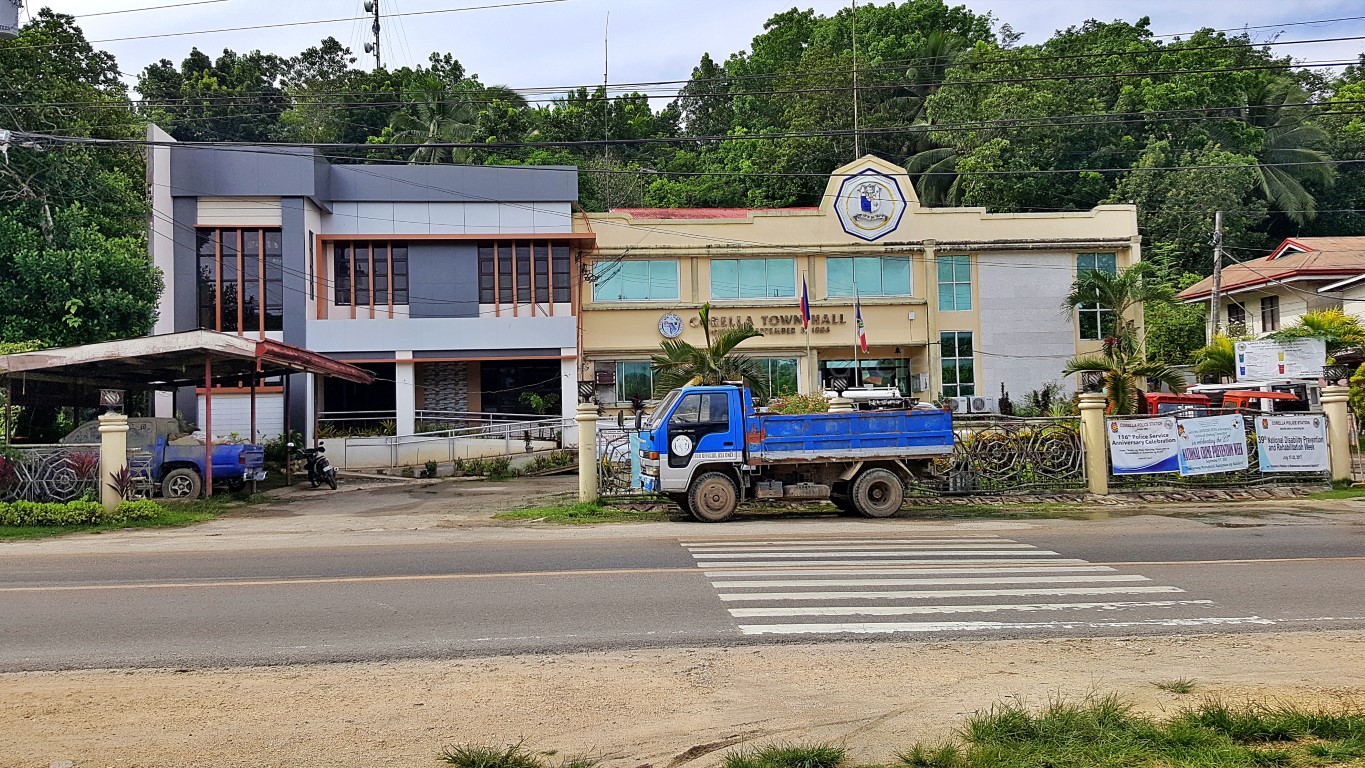
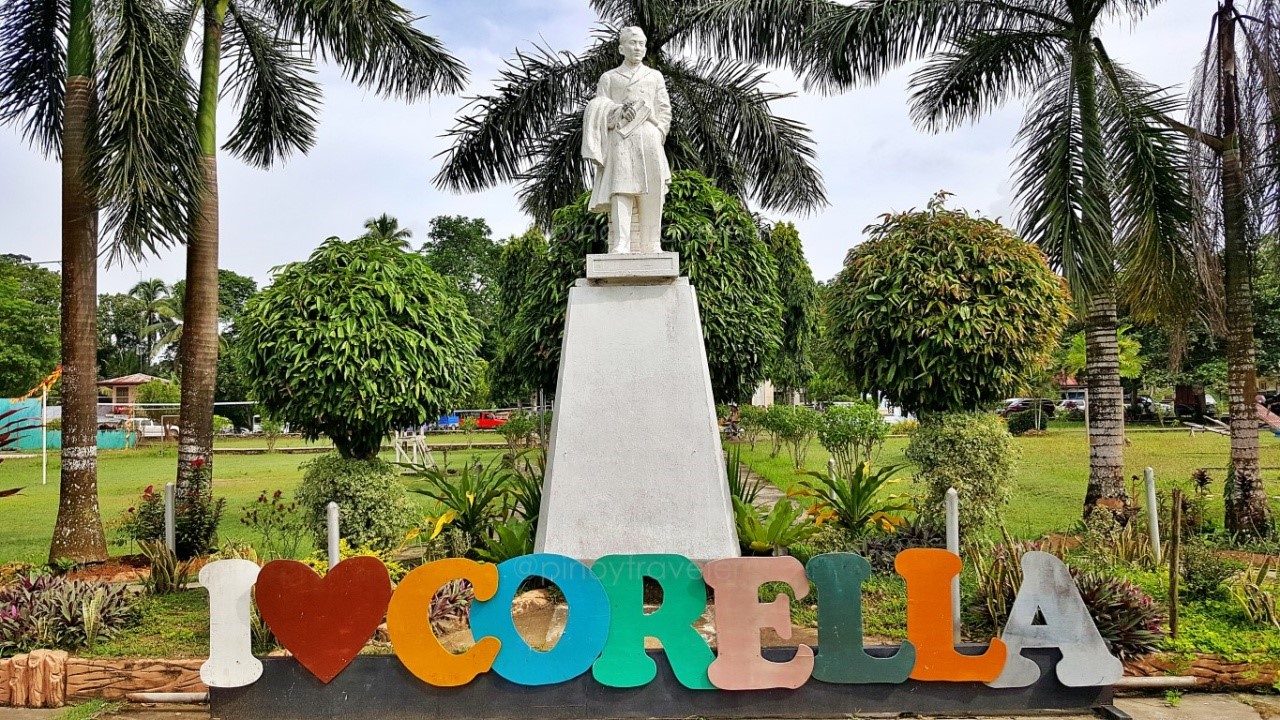
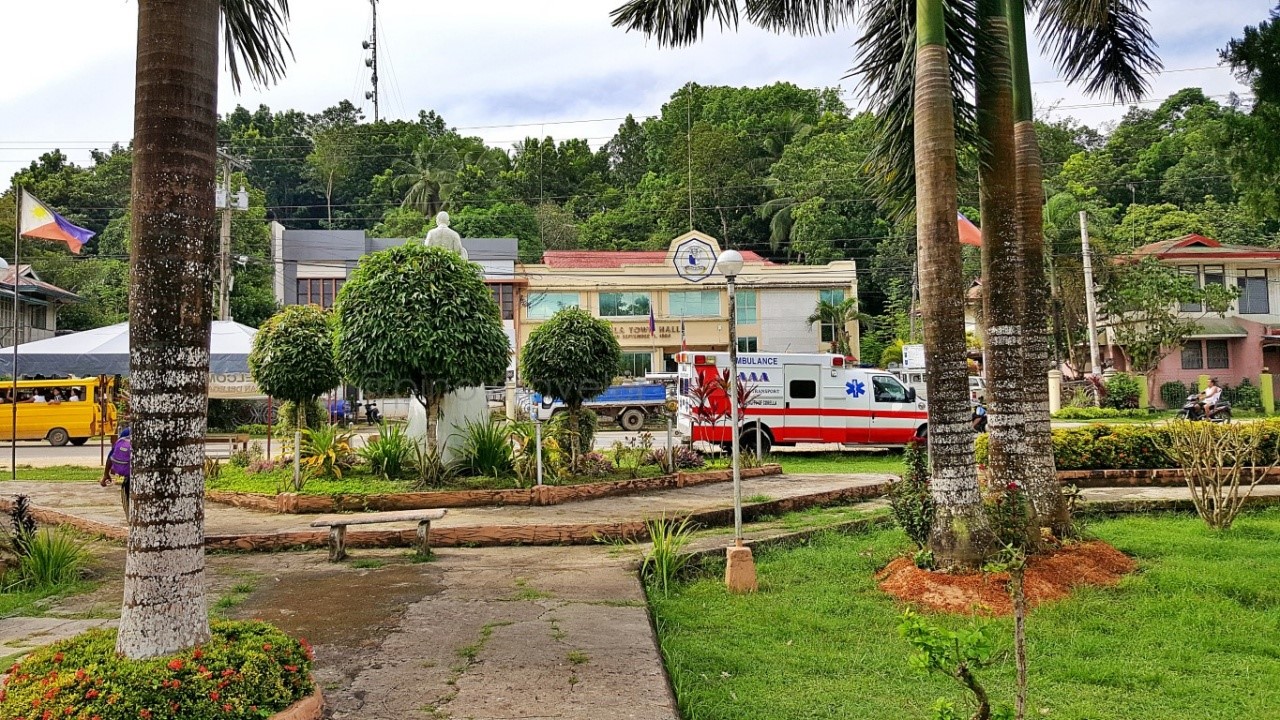
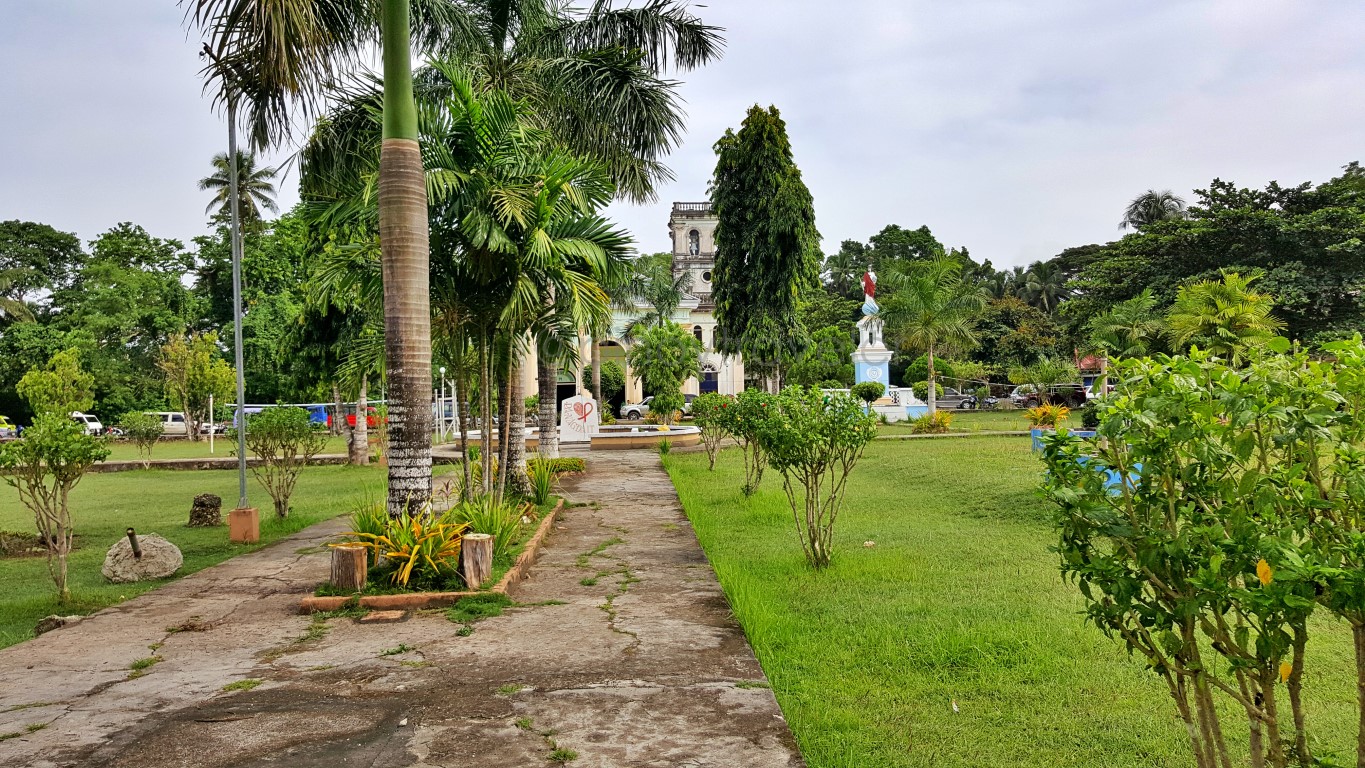
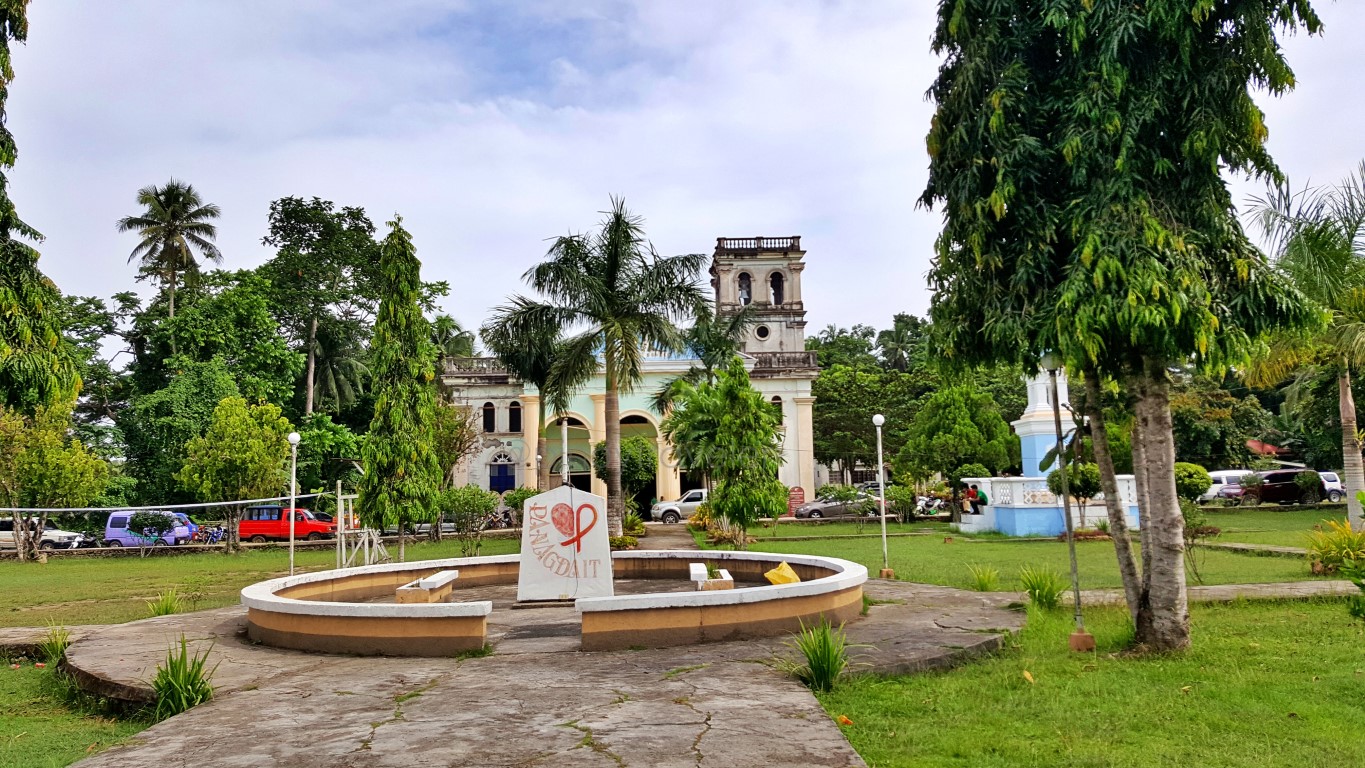
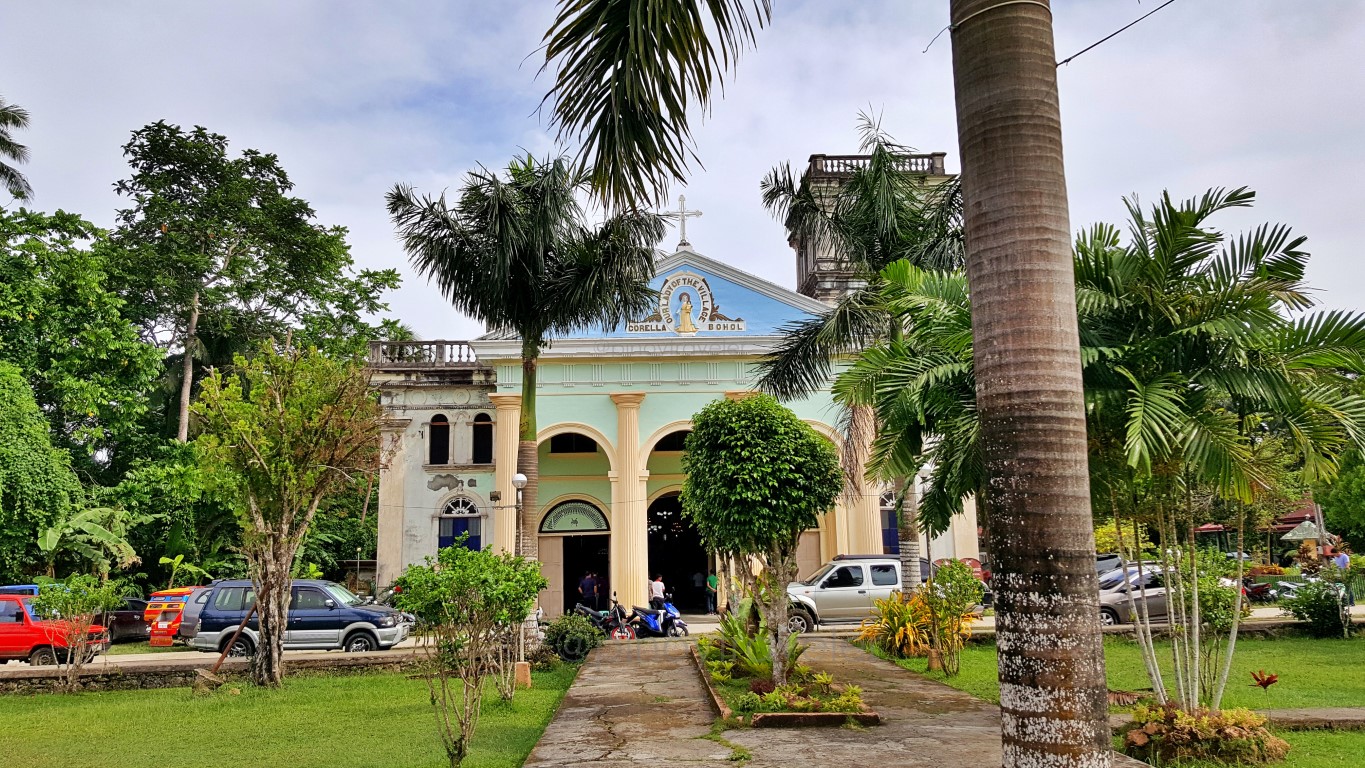
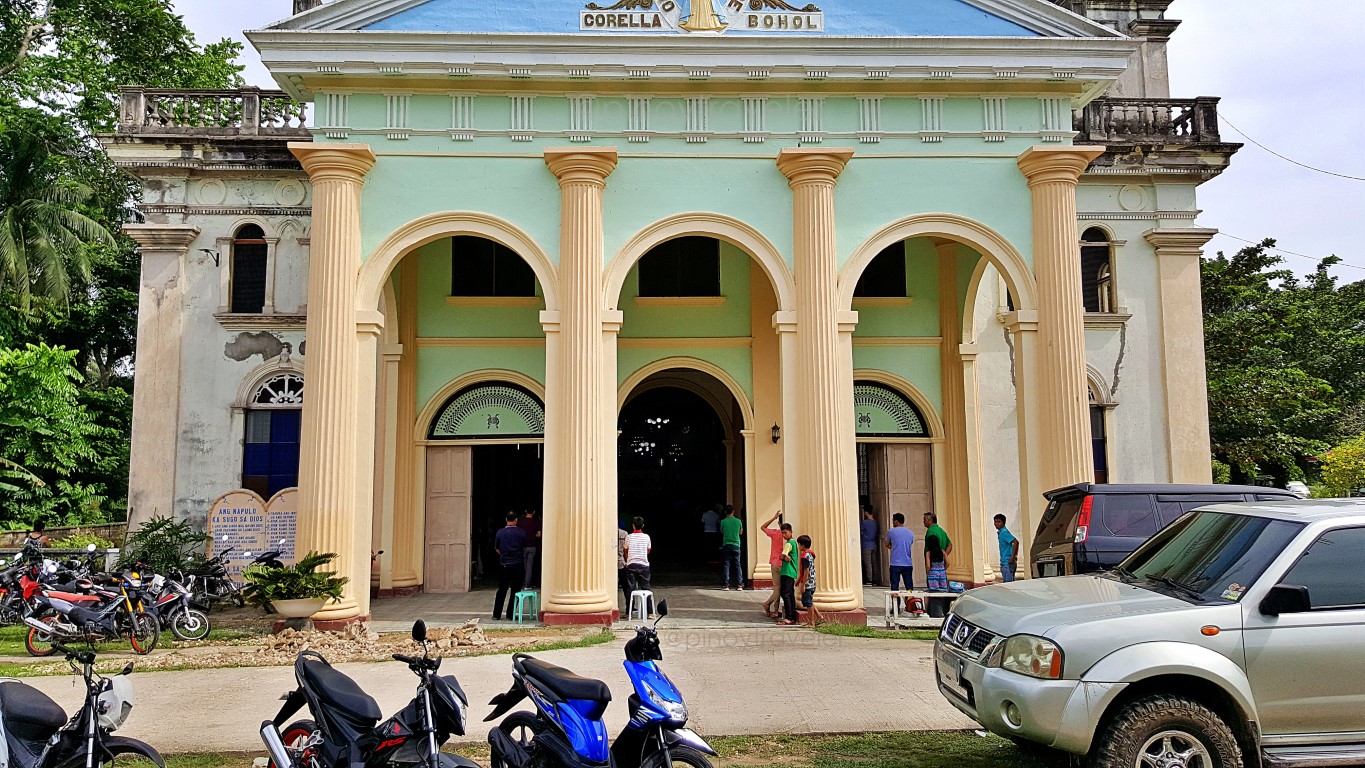

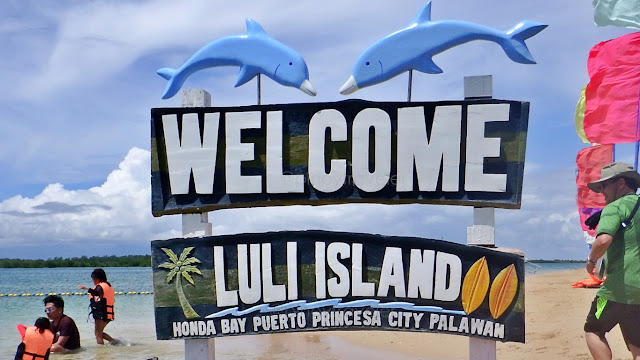

Comments
Post a Comment